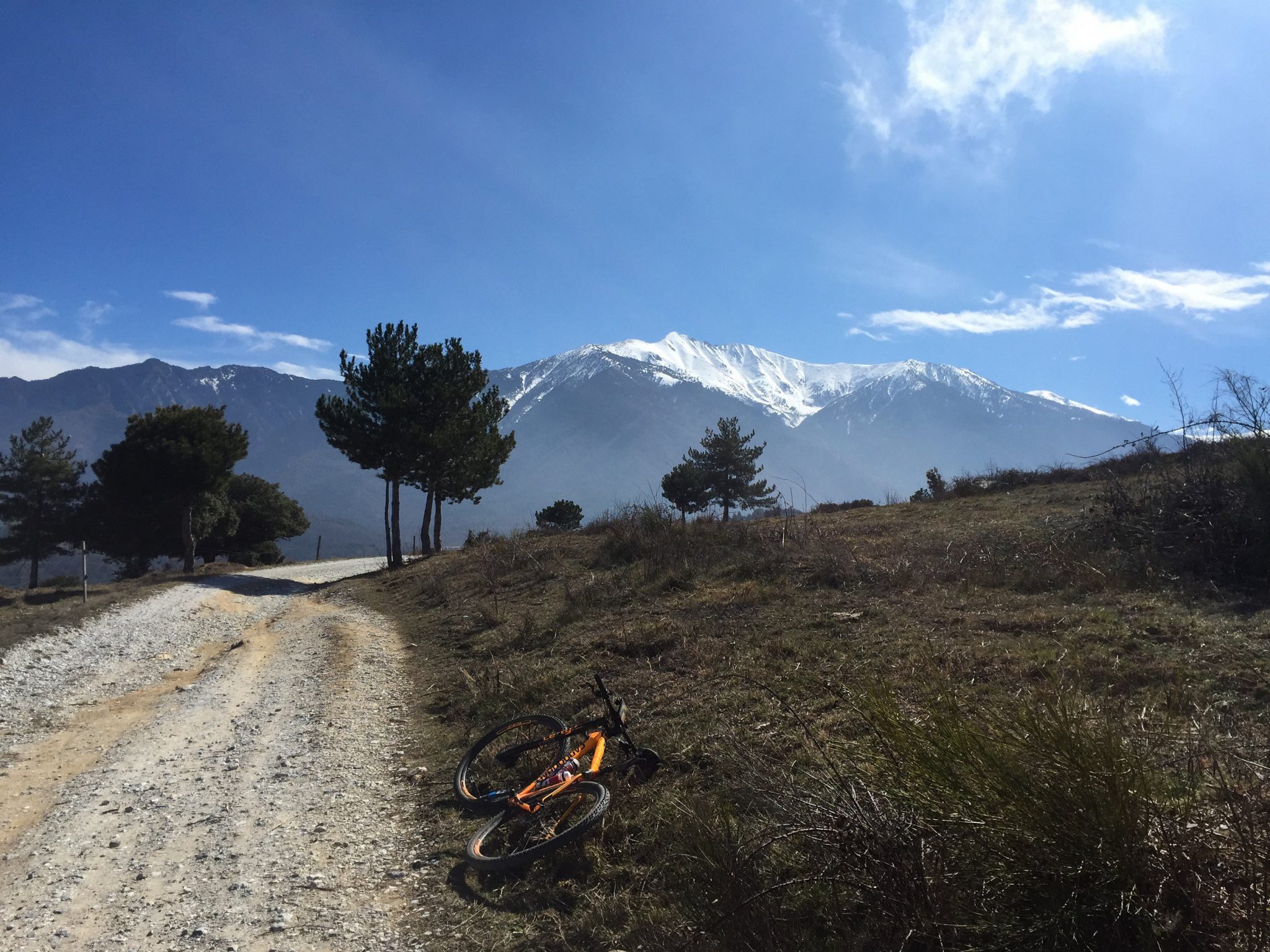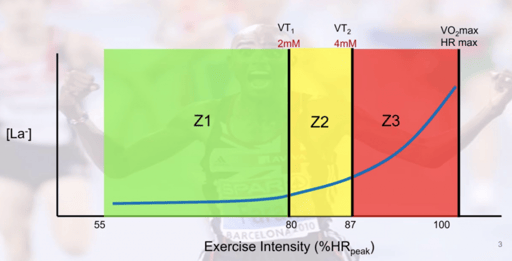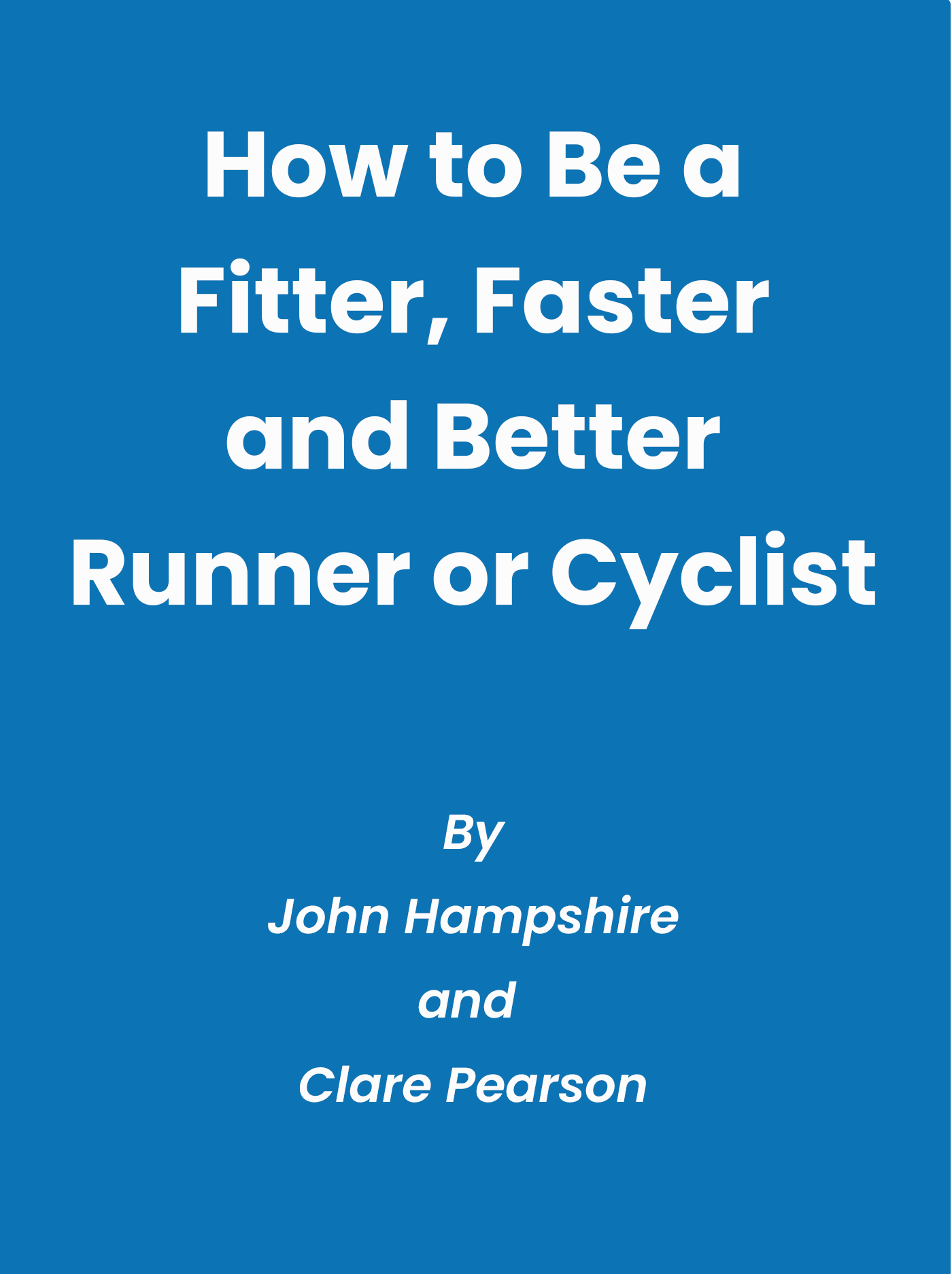How To Ride Hills In Endurance Cycling Events?

Riding up hills at the right pace can make a huge difference to how well you perform in endurance cycling events, so I thought I would write down some details of how to get the pacing right.
So, how should you ride hills in endurance cycling events? You should ride up hills a little bit harder than you ride on the flat and use downhill for recovery. Because of the way wind resistance works, riding harder up hills is more efficient.
I will go into more detail but if you want a short summary you can watch our recent YouTube video:
Your aerobic threshold is important
There are two main physiological measures that are used in endurance sports such as cycling, these are the aerobic threshold and anaerobic threshold, which nominally delineate the point at which you start to accumulate lactate in your blood and the point when you are unable to sustain a given workload. These measures are similar to markers defined by other names that differ mainly due to the way the values are determined. For most practical purposes we can assume they are the same.

You can see in the equivalent values known as VT1 and VT2, determined by measurement of respiration during exercise, in the figure.
You may be more familiar with the terms Functional Threshold Power or Pace (FTP) and Critical Power or Pace as representative of the second turning point, shown as VT2 in the figure.
These values are relatively easy to determine via a hard effort of 20 to 60 minutes but of less use to us than the aerobic threshold that is designated by the first turning point, VT1 in the chart.
The first turning point is hard to determine outside a laboratory, although there are ways to estimate it, as the pace/power at which you are unable to speak freely or around 80% of your maximum heart rate, as shown in the figure.
What are the energy sources used in endurance cycling?
In endurance sport our muscles generate force by processing either fats or carbohydrates. When riding slowly, most of the energy comes from fats. As you get faster, less energy comes from fats and more comes from carbohydrates.
This is important because we have very large reserves of fat in our bodies but limited amounts of carbohydrates. Even the most skinny person has enough fat to provide energy to cycle for several days, so effectively our fat reserves aren’t a limiting factor. However, if we ride at close to the anaerobic threshold, VT2 in the figure, we will run out of available carbohydrates in 40 to 70 minutes and have to slow down as we have to reply on our fat metabolisms to keep going.
From this explanation, you can probably see that riding at around the aerobic threshold is the most sustainable way to ride. Saving carbohydrate reserves for when a little bit of extra power can make a difference is therefore a good strategy.
In summary, this means riding climbs a bit above your aerobic threshold, flat at or a little below the aerobic threshold and downhills very easily to recover your carbohydrate reserves.
Of course, to recover any energy reserves you have to eat plenty to restore both your calories and carbohydrate deficits.
Can I improve my aerobic threshold?
Another factor to consider is that it is possible to improve your aerobic threshold considerably with training and also the heart rate at which your aerobic threshold occurs increases relative to both your maximum and anaerobic threshold heart rates. However, after a period of training there isn’t a large change between these heart rate ratios and therefore heart rate becomes a useful guide for developing a pacing strategy.
Is heart rate a good basis for determining pace in endurance cycling events?
The answer to this is yes, and no, heart rate is a good way to estimate and track your aerobic threshold but it isn’t a good guide during longer events because it is effected by many variables other than your riding speed or power.
In an event, your heart rate may change due to factors such as altitude, temperature, how hydrated you are or how tired you are. Even mental activity can influence your heart rate and therefore trying to use heart rate for pacing, other than for sense checks based on previous experiences isn’t a good idea.
Here is an interesting article about how a hard endurance event can influence physiological and psychological markers: Decrement in professional cyclists performance after a grand tour.
How to determine the right pace during your event?
With reference to the article mentioned in the previous section, which measured various maximal and sub maximal performance metrics for professional cyclists before and after the Vuelta d’Espagna, we can infer that there is likely to be some drop in both aerobic and anaerobic thresholds, as well as maximal heart rate. This seems reasonable at least for longer endurance events lasting for more than one or two days.
It is interesting to note that the heart rates and powers at the various thresholds went down during the event but the ratings of perceived exertion during pre- and post-race tests were similar.
On that basis, the most sensible way to work out the right pace for your event seems to be learning to determine what riding at your aerobic threshold feels like and use this to guide you during the race. Learn to ride hills a little harder and learn what that feels like, spot when your breathing becomes a bit more laboured and when you would struggle to speak, making sure you don’t push too hard over that limit and have to drop into what might be limp home mode.
I suppose that if you feel it is valid trade of in energy, you could do a maximal effort and determine your maximum heart rate now and again. Using similar proportions of your maximal heart rate as work for your rested condition seems likely to give some heart rate values to work with but given the other factors that impact heart rate, some of which were discussed earlier this seems like a risky approach to try in a race and not one that is easily to test in training.
So, how should you ride hills in endurance cycling events?
- Estimate your aerobic threshold, either by determining the heart rate you can ride at and still hold a conversation, taking a percentage of your maximum or threshold heart rate, or having a lab test to determine the heart rate at which the threshold occurs.
- Use the estimate of your aerobic threshold to learn what it feels like to ride at your aerobic threshold and a little above that threshold.
- Ride hills at a bit above your aerobic threshold, flat sections around about the aerobic threshold and use downhills for recovery.
- Eat plenty to make sure you replenish both the calories and the carbohydrates that you are using to maintain your performance as near optimal as possible.
Be positive and look after yourself and most importantly, enjoy and learn from the experience.
We hope you like this article and found it useful. Please let us know if you have any questions or comments either by making a comment here, messaging us on facebook or Twitter at @johnhampy or sending us an email.
Related questions:
Can sports drinks improve my performance? Yes, sports drinks at the correct concentration can make a huge difference to your performance. Even a small amount of dehydration can cause drops in performance and a sports drink mix can improve your ability to absorb fluids and reduce the likelihood of dehydration.
How do I improve my aerobic threshold? Rather than try to explain this here, perhaps you would like to watch our YouTube video or refer to the article we wrote on just this subject.
January 25, 2021

Comments